How to be kind to yourself
Self-care is about ‘looking after yourself as a whole; emotional and mental health too’, explains Suzy Reading, a chartered psychologist, author, and wellbeing expert.
Practising self-care makes us more resilient, and equips us to deal with curveballs life throws our way. It looks different for everyone – there’s no right way to do it.
Self-care isn’t always appealing. As well as what you need right now, it involves acknowledging whether your choices will take your future self closer to where you want to be. ‘Sometimes the true act of self-care is the thing you least feel like doing,’ Suzy explains. If you’ve had a rubbish day, it can be tempting to barricade yourself in your room with some ice cream – but it’s often better to go to Scouts, see friends, and get stuck into the fun.
It isn’t always about big, life-changing actions, either – sometimes it’s about small things that make a rubbish day seem not so bad. Despite what you often hear, it doesn’t have to involve pampering, and it doesn’t have to be expensive – there are plenty of simple things you can do that don’t have to cost a penny. Of course, self-care isn’t a replacement for professional mental health care and support. Self-care may help someone, regardless of what’s happening in their life, but it isn’t always enough – and that’s OK. If you think you might need more support, reach out to your GP or a charity such as Mind.
Identifying what we need can be challenging. We’ve all been there – arriving home exhausted at the end of the day, or waking up in a bad mood, but not knowing what to do to feel better. ‘When we need self-care the most, that’s when it’s hard to put your finger on something nourishing,’ says Suzy. It doesn’t matter whether you’re in Beavers or an adult volunteer – ‘once you’ve got a well-articulated toolkit, self-care gets really simple.’
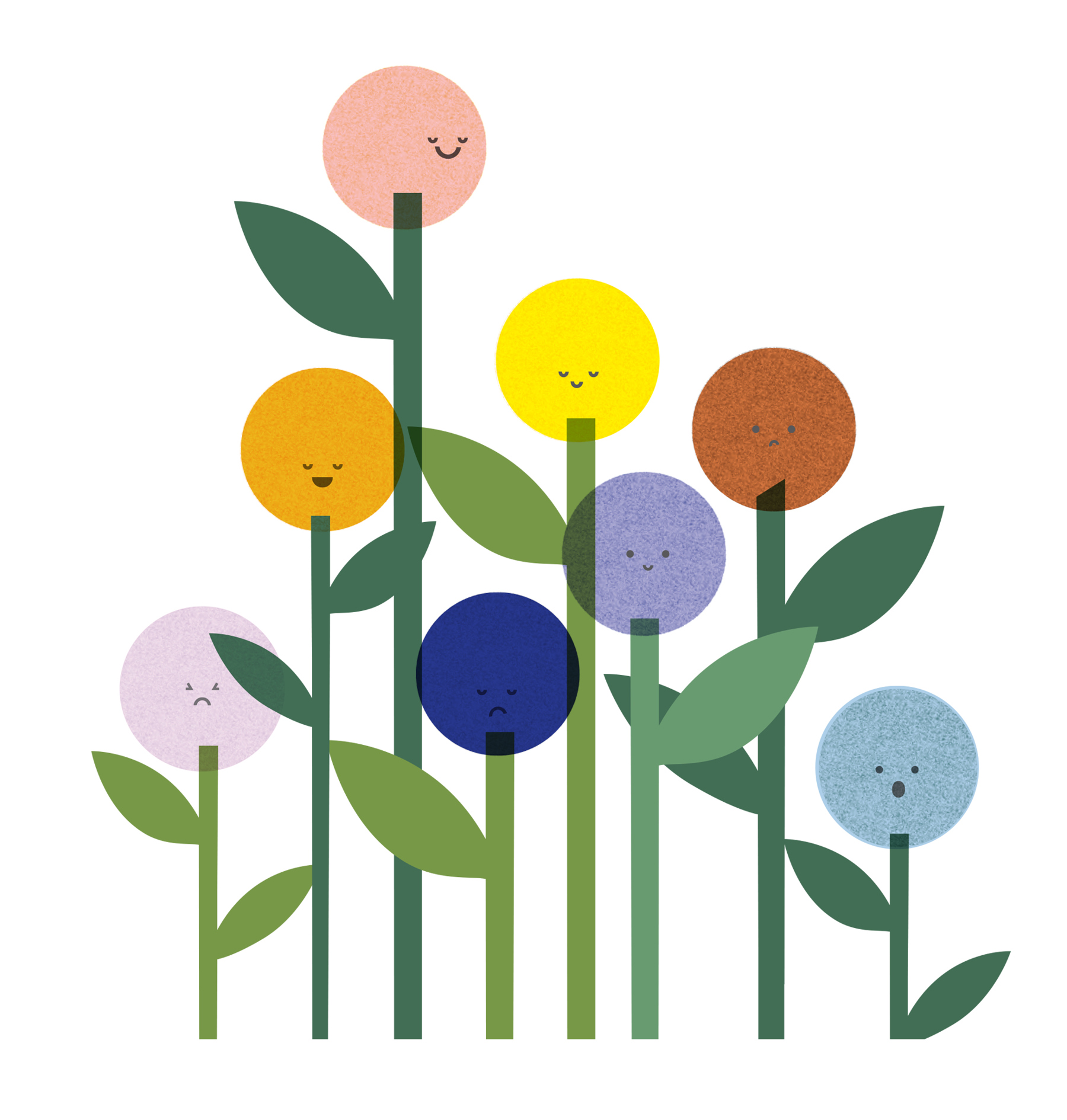
Step by step
Suzy developed a model to help people identify practical ways to take care of themselves. The model has eight sections and is based in positive psychology (which studies what makes life worth living). It adapts an existing model, adding things like movement and nutrition. Suzy encourages people to have fun with the model – plenty of self-care techniques spill across a few sections of it, and you can rename them, focus on your favourites, or add your own.
We’ll explore four sections of Suzy’s model, but it’s easy to see how they’re all part of Scouts. We set and accomplish goals by working towards badges and awards, and we certainly have plenty of social connections in and between groups – and with the wider community too.
The final thing to acknowledge before we get stuck in is that self-care is harder for some people than others. We’ve tried to include accessible tips, but there are lots of reasons some people find it harder to access self-care (for example, disadvantage or discrimination).
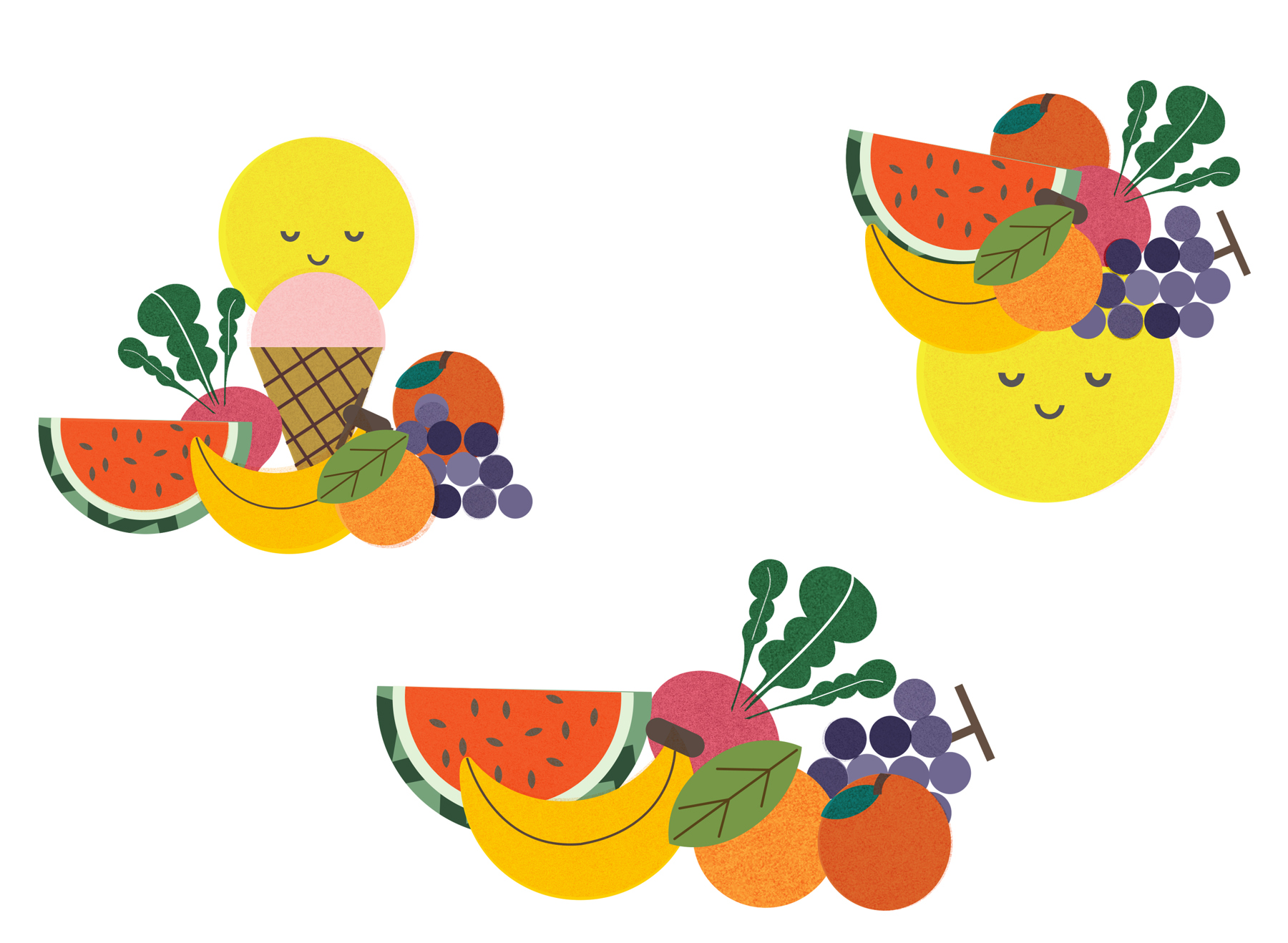
Eat and move
It’s pretty obvious that how we eat and move affects our health – but it’s important for our mental and emotional wellbeing, too.
Eating to take care of ourselves isn’t just about getting our five a day (although that’s important too). Our bodies are extremely clever – hormones and neurotransmitters such as ghrelin and neuropeptide Y tell us what we need by making us hungry (or increasing our appetite for carbs). We can help by recognising when we feel hungry, figuring out what we need (whether it’s a vegetable, another spoonful of rice, or something sweet to finish off a meal), and honouring those needs.
It can also be useful to think about how you eat. If you often find yourself grabbing food on the go to scoff as quickly as possible between meetings, it might be worth thinking about how you can listen to what your body wants, and enjoy food, as well as the social connections it can bring.
Similarly, intuitive movement is about developing a peaceful and enjoyable relationship with exercise. It isn’t about exercising to change the way your body looks, and it isn’t about anything you ‘should’ be doing. It’s about seeing how different ways of moving make us feel, listening to our bodies, and figuring out what works best for us.
There are lots of different ways to move; you don’t necessarily need to find a football club or sign up to run a marathon. The adventures Scouts embrace include lots of different ways to be active, so everyone (including leaders) can find something that gets their heart beating. For some people that’s sport – but for others, digging the garden, dancing around their bedroom, walking to school, or hoovering their hallway are the ways of moving that make their bodies (and minds) feel best. Why not give something new a try, then take some time to check in with how it made your body and mind feel?
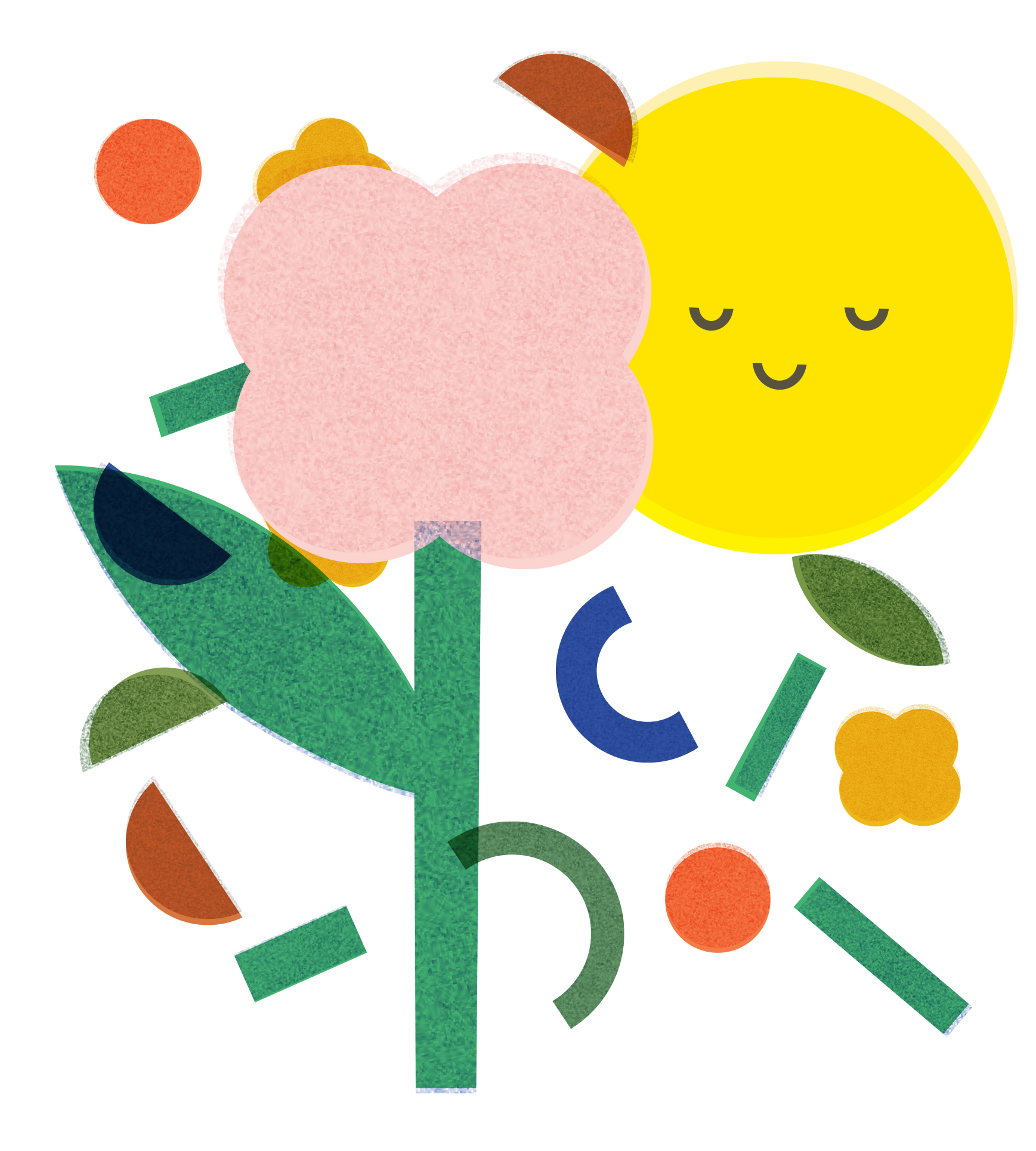
Sleep, relax and breathe
It can be difficult to relax when we’re more connected than ever. Both mindfulness and meditation stimulate the parasympathetic nervous system – a bundle of nerves that calms down our ‘fight or flight’ response and makes sure our bodies get on with everyday functions such as digestion.
We spoke to Emily Mitchell, Programmes Manager (and teacher) at The Mindfulness Project. She says, ‘Jon Kabat-Zinn defined mindfulness as paying attention in a particular way, on purpose, in the present moment, non-judgementally.’ Mindfulness was originally developed to help people manage chronic pain. Now, evidence suggests it can help us reduce and manage stress. It also helps us connect and be aware of our bodies, whether we notice an aching knee or a feeling of lingering anger.
Emily advises that anyone leading a full session should be trained, but says people can introduce some really short things, such as ‘FOFBOC’ – sitting noticing the feeling of ‘feet on floor, bum on chair’, or noticing a few deep breaths.
It can be tricky to introduce these concepts, especially with younger Scouts. Some people use a cuddly toy: lie on the floor and put the toy on your stomach, then notice how it moves up and down depending on your breathing.
Meredith Whitely has a job many of us could only dream of – her business, Food At Heart, ‘blends meditation, mindfulness… and chocolate’. She uses chocolate as a tool to help people slow down and enjoy a moment, and says it’s something leaders could run with Scouts of all ages. It doesn’t have to take long, and Meredith explains that while a lot of children are open to trying dark chocolate, you can choose what you use (or compare a few). ‘Chocolate works especially well because its flavours are so complex, but in theory you could use any food that you like,’ she says.
Once everyone has some chocolate, ‘start with the eyes, because sight is the fastest sense to process’. Move slowly though touch, hearing (try breaking the chocolate), smell, and taste. Give people time to think about how they’re feeling, how challenging it is, what they notice, and how they’d describe it. ‘Some people actually taste in colour,’ Meredith says, while ‘some people pick out particular flavours, some are reminded of a holiday they’ve been on.’
‘Some people find it slightly torturous to eat the chocolate so slowly,’ she says, ‘but that’s OK, that’s part of the practice as well.’ And Meredith’s top tip? Use plates and napkins, unless you want it to melt all over your hands.
Happiness
The goal of self-care isn’t to be happy all the time, but it can be useful to be aware of small things that can boost your mood. They could be as simple as putting on a favourite pair of socks, appreciating some beautiful flowers, or repeating words that mean something to you. Certain skills can also help us enjoy our lives and the world around us.
One of Suzy’s favourites is savouring something – throwing ourselves into an enjoyable moment and giving it all of our attention. For Scouts, this could look like paying special attention to the scenery on a hike, the way flavours combine in a backwoods meal, or a game making them feel connected to their team. ‘The great thing about savouring’, says Suzy, ‘is that you can savour the past by reminiscing, or you can savour the future by anticipating.’ Deliberately practising savouring means we’re prepared for when we need it most – whether that’s when we find ourselves unexpectedly caught up in laughter (or a delicious piece of cake), or when we’ve had a bad day and need to take a moment to savour a memory, hope, or dream.
Gratitude is another self-care skill. As well as thanking people for specific things, gratitude can also be a thankful feeling towards the world (or a higher being, if that’s your sort of thing). Some people keep a gratitude journal and note down a few things they’re thankful for each day, to help them get into the habit of noticing the good. This doesn’t have to mean buying an expensive new journal: a notebook you already own, a few scraps of paper, or even a note on your phone will do. As a group, you could try a gratitude scavenger hunt where people search for something they enjoy looking at, something that reminds them of their friends, something that makes them laugh, and a gift for someone.
These skills won’t magically fix things – but that’s not what self-care is about. Self-care is about taking care of ourselves, topping up our energy, and finding things that carry us through when life isn’t going our way.
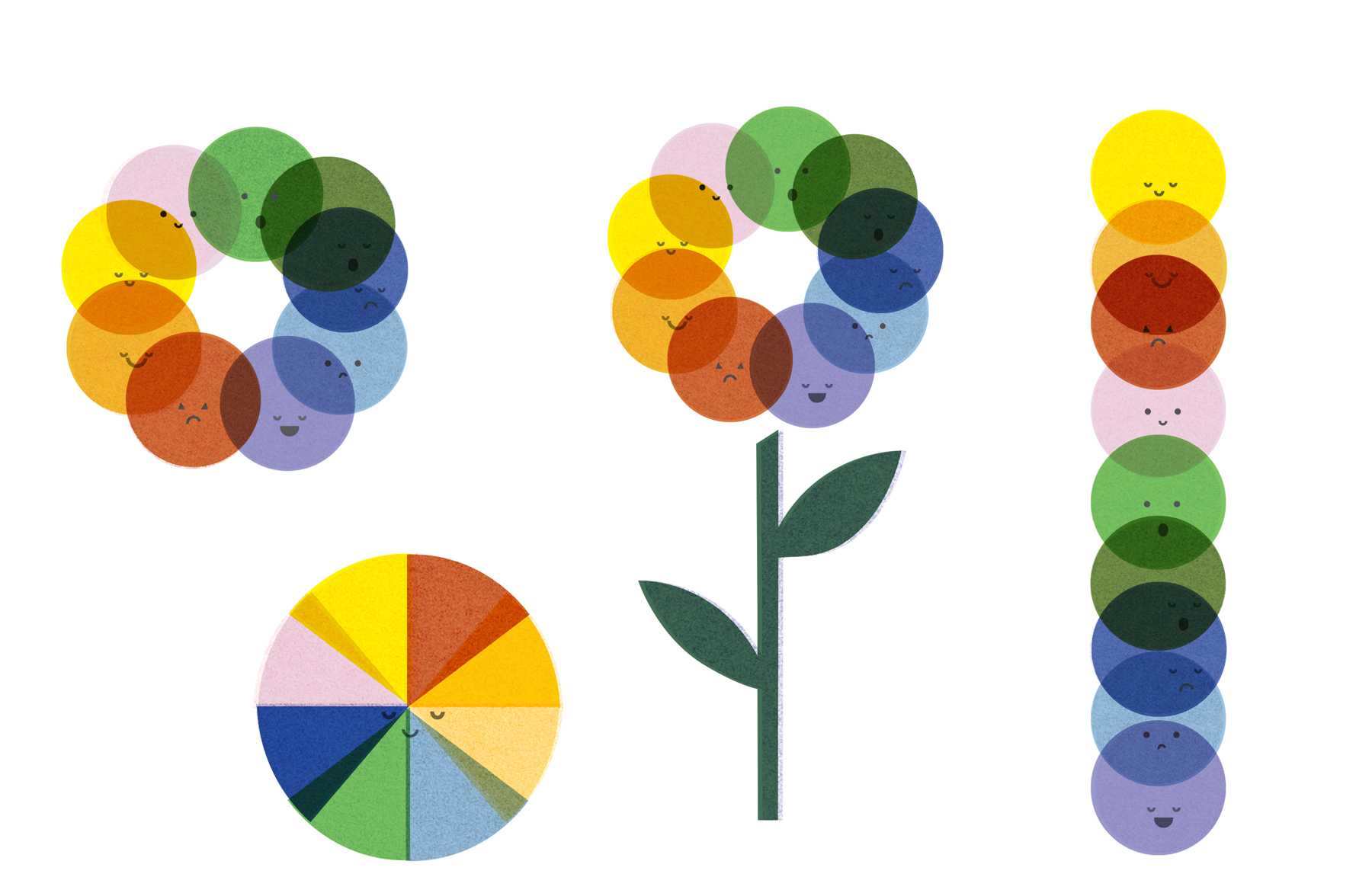
Coping skills
Coping skills are as diverse as the people who use them – different approaches and techniques work for everyone. When things go wrong, or change unexpectedly, coping skills help us deal with the situation and our feelings. Especially when working with young people, we can find ourselves ‘wanting to remove difficult emotions’, says Suzy. ‘When we do that, I feel that we actually do them a disservice, because there is a time and a place for all emotion.’
While not all emotions are pleasant, they usually have a purpose – anger, for example, may help us stand up for ourselves and our values, while sadness can remind us of what’s important. As adults, we can listen to what young people are telling (and often, showing) us, and help them to identify, express and move through emotions.
The first thing to do is to acknowledge feelings. Emotional literacy – the ability to understand and express our emotions – is a skill that develops with age. Leaders can help people begin to identify emotions: if someone tells you that their craft just won’t stay stuck together, you could say ‘that sounds really frustrating’, and if someone comes running into the session, grinning and talking non-stop, you could suggest they ‘seem very excited’. Thinking about how the characters in a story may feel, or acting out emotions for others to guess, can help people develop the tools they need to name their feelings.
Expressing emotions is another important skill that comes with age, as we learn strategies such as taking a breath and counting to three when we’re frustrated, angry or anxious
(or using words or drawings to show others how we’re feeling). It can be useful for leaders to look out for (and praise) young people using positive strategies. With time, we can start thinking about whether an emotion (and its intensity) is appropriate – but ‘we can get more into that as children get older’, Suzy explains. ‘It’s age appropriate.’
Once we’ve acknowledged, named and expressed a feeling, we can start to move through it, making space for other feelings. ‘Emotional agility’ describes the ability to do this. We can help young people notice that emotions (bad and good) don’t last forever, and that their personalities are not defined by their emotions. For example, notice how someone felt anxious before getting in a canoe, but now they feel proud and tired – or how someone felt angry and frustrated at their teammates, but now they feel calmer and happy because the game was fun.
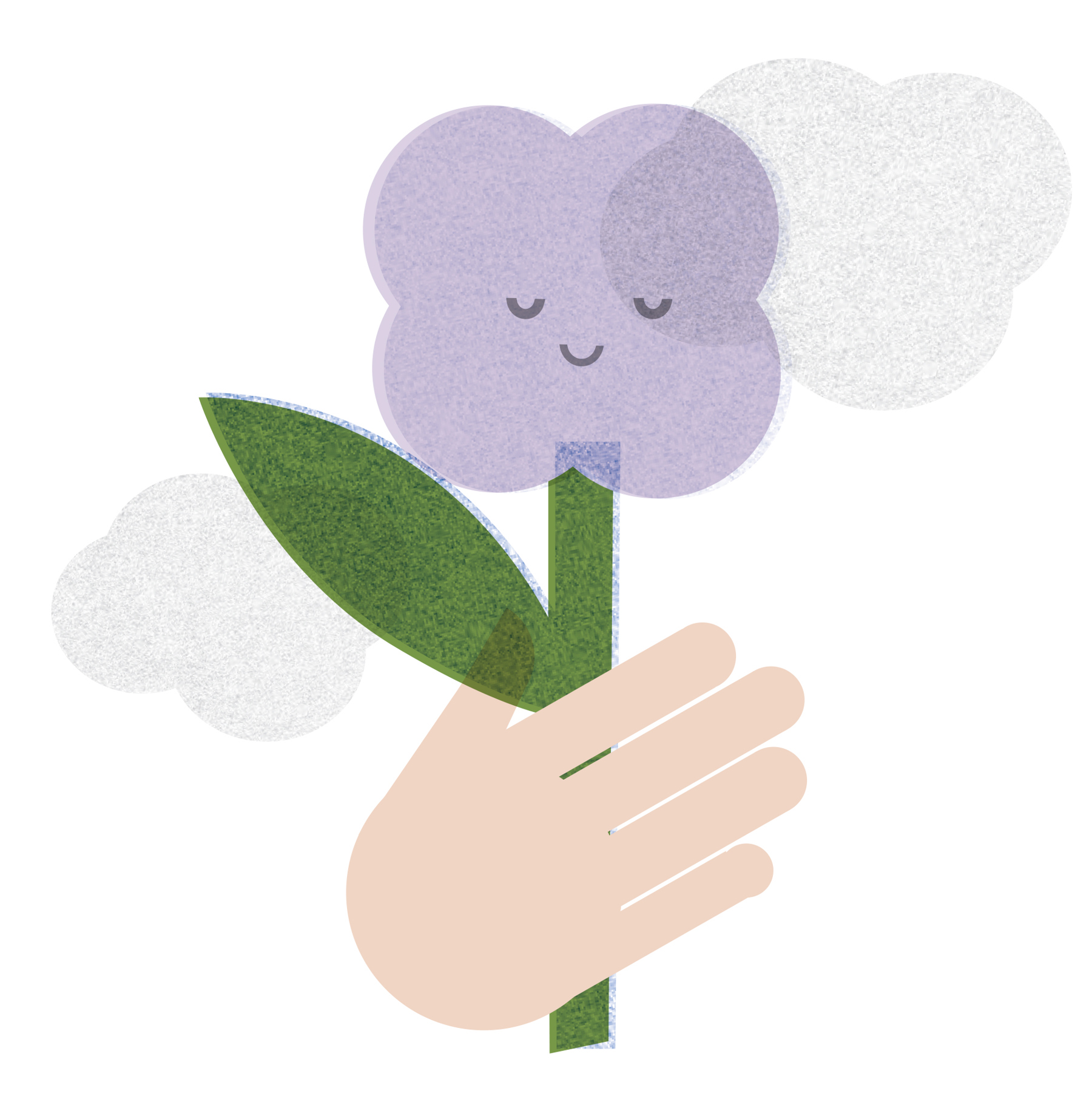
Finding the time
This is all well and good, you might be thinking, but when am I supposed to find the time for self-care? Sometimes self-care can ‘feel like it’s less important than “doing stuff”’, says Meredith, ‘especially in secondary school when you’ve got exams and tests going on, it’s easy to dismiss it’.
Call time on an unhelpful habit (such as mindlessly watching sitcom repeats, or scrolling through online listings for things you can’t afford), and take care of yourself instead. ‘I used to wake up and check emails or social media,’ says Meredith. Now, she meditates. ‘Rather than trying to add more to my day, I’ve taken out stuff that wasn’t helping, and put something better in.’
Finally, you can add self-care to your life by fitting it into your everyday activities. ‘How can you do those things with a greater sense of tenderness, or kindness, or awareness?’ Suzy asks.
It might be as simple as noticing the flavours in your dinner or enjoying a friend’s company, or it could be making an effort to be more compassionate towards your body as you use a nice soap in the shower. These things don’t take extra time – they just allow us to show ourselves the kindness we need (and deserve) in the everyday… because we all need a bit of extra kindness sometimes.